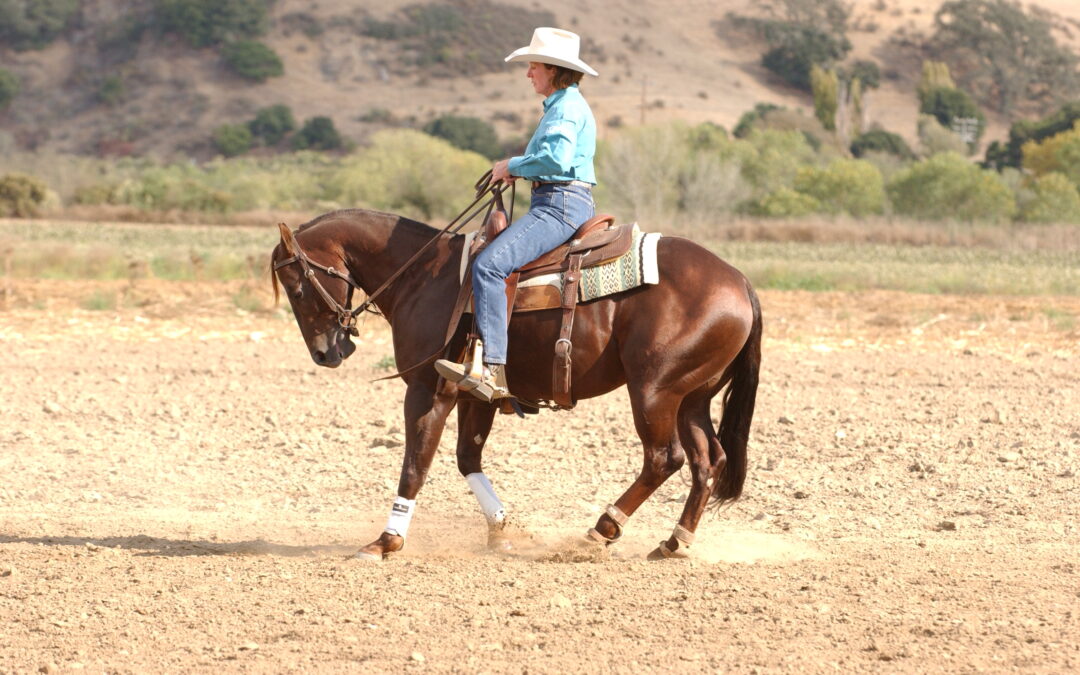
Fencing Troubleshooting
The most common mistakes people make with this exercise are failing to continue driving the horse all the way up to the fence, and pulling on the reins instead of letting the fence do the work.



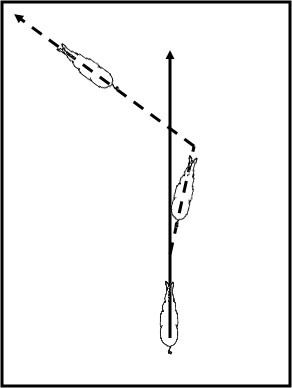

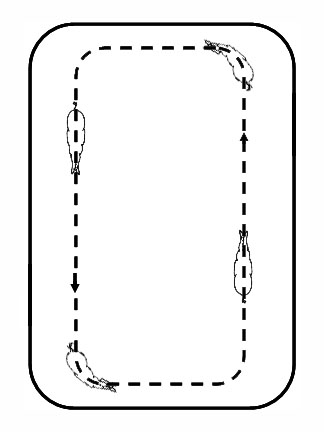

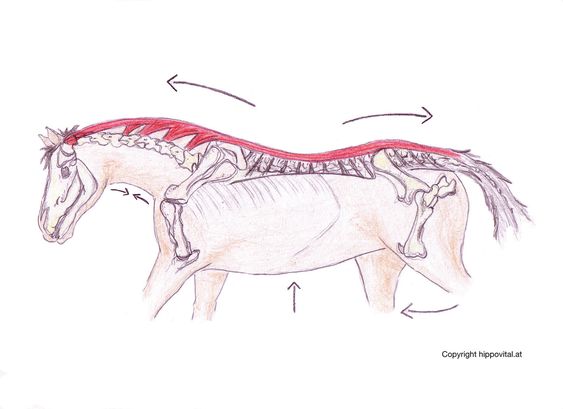
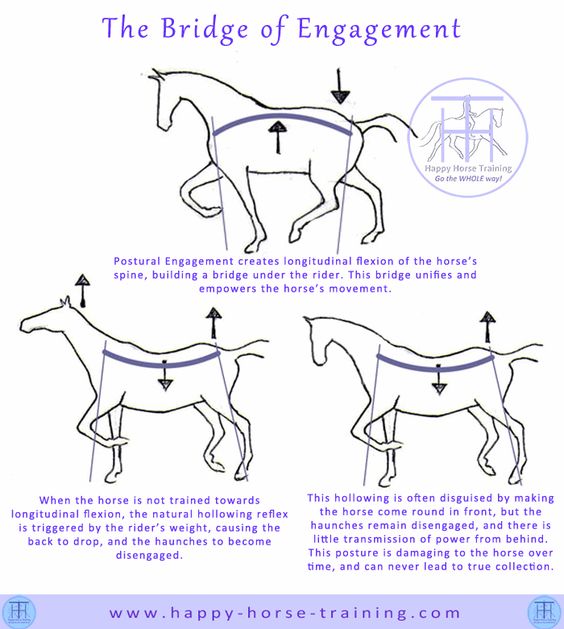
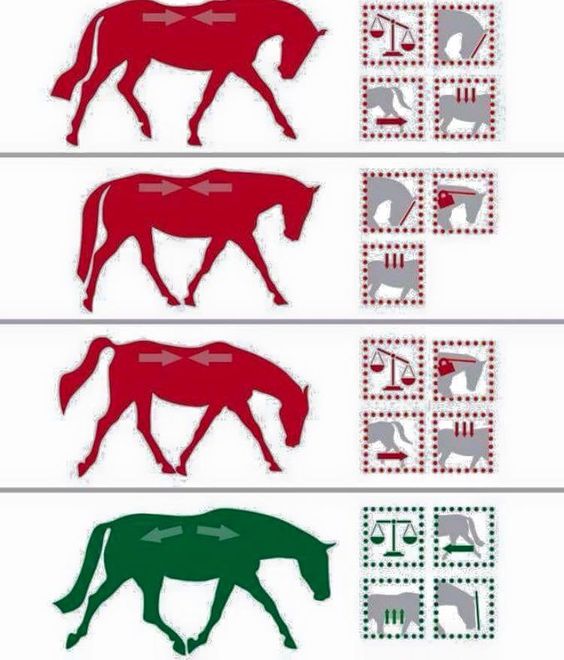

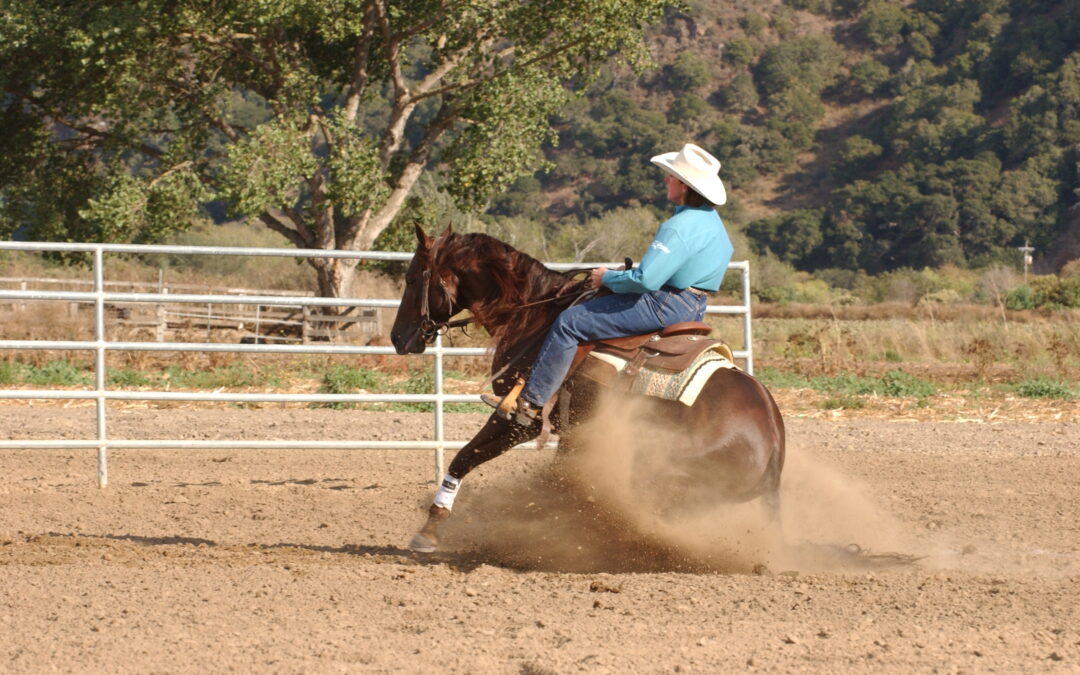
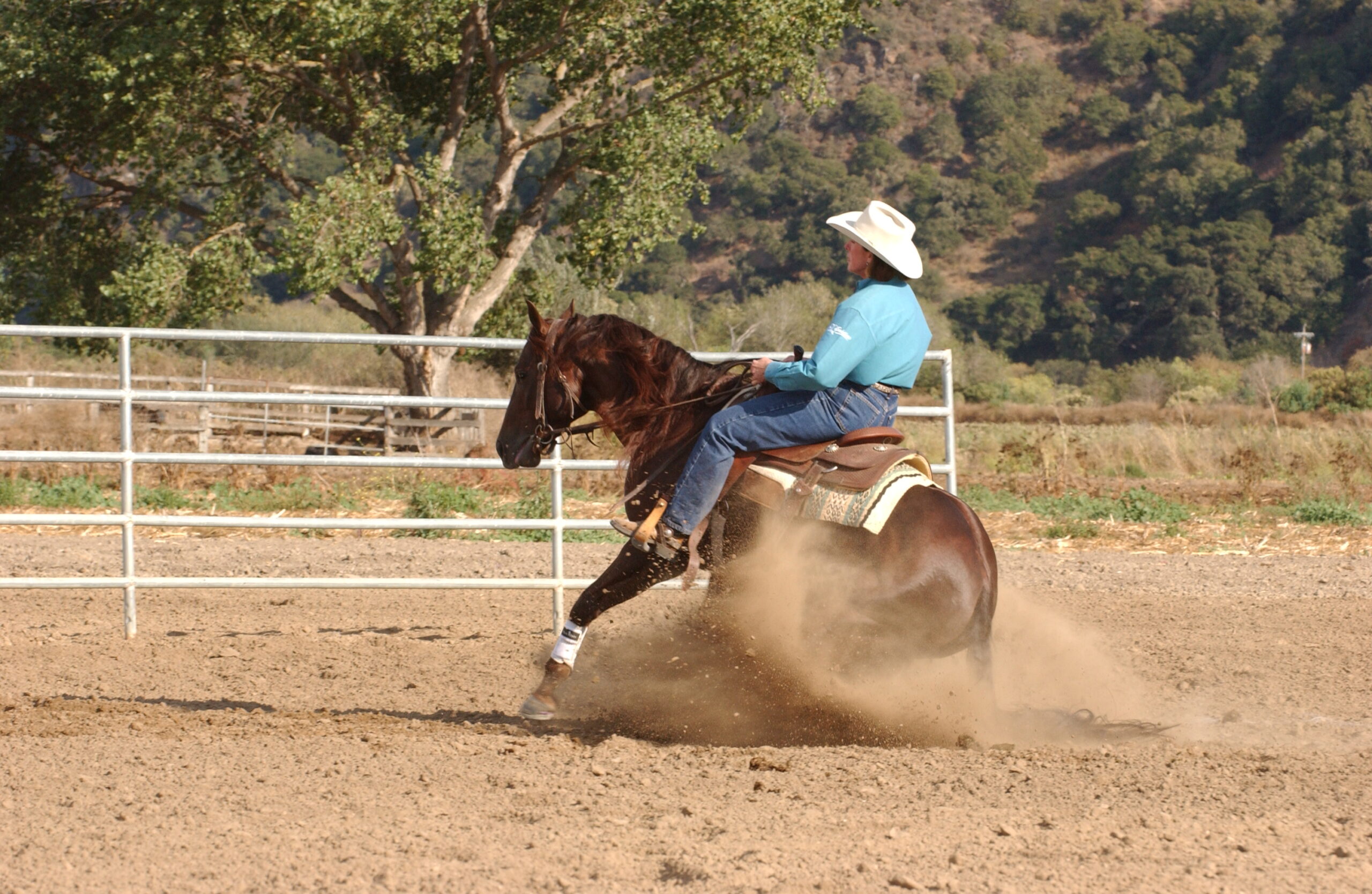
I’ll explain how to fence your horse at a lope; you can also perform it at a trot for the first few times.
Begin by loping your horse around for a bit until he’s no longer fresh and is beginning to think about wanting to slow down and stop. Then lope a straight line slowly through the middle of the arena toward the end fence (be sure it’s a safe one). Use your legs and reins to keep him straight and perpendicular to the fence. Continue to drive with your legs right up to the fence. When you reach it, don’t pull on the reins; let the fence stop your horse. Then stand and rest for a moment, giving your horse a pat. You want the fence to become “a good place to be” in your horse’s mind. Then repeat the entire sequence.
As your horse becomes comfortable loping straight up to the fence and stopping, you can begin to say “Whoa” just before the stop.
Over time, as your horse’s confidence in this exercise grows, begin to build speed on the approach to the fence. If your horse starts to get nervous, go back to the last speed at which he was completely comfortable, then build even more slowly from there. And, whenever you’re stopped at the fence, spend as much time as needed until your horse is calm and relaxed.